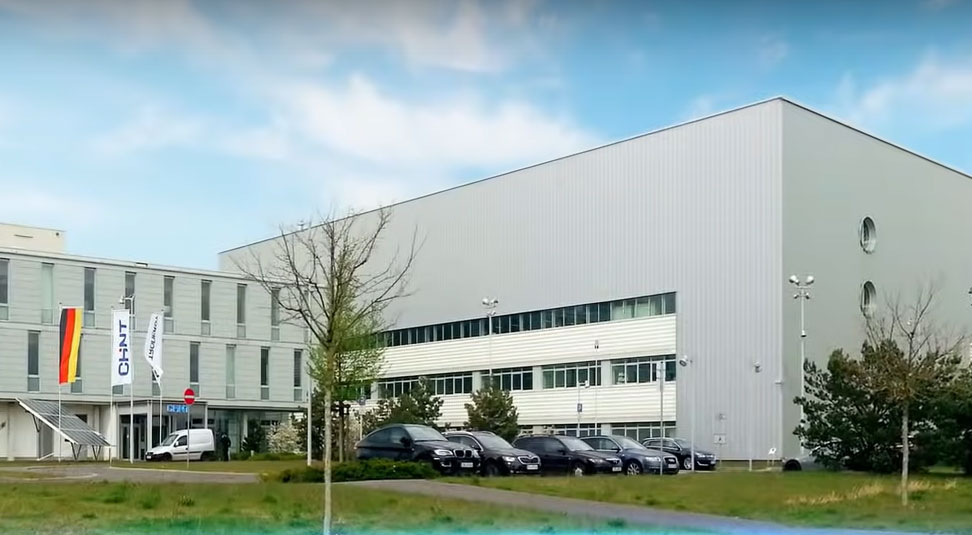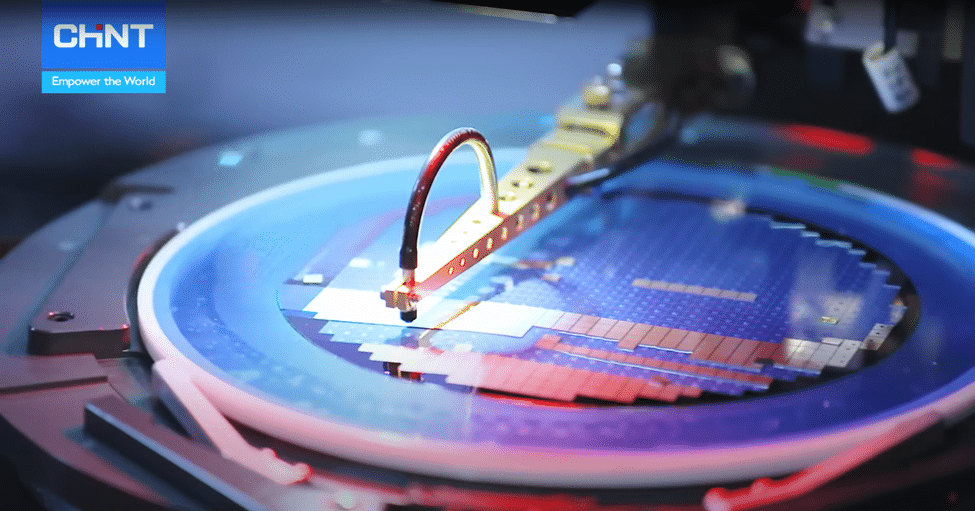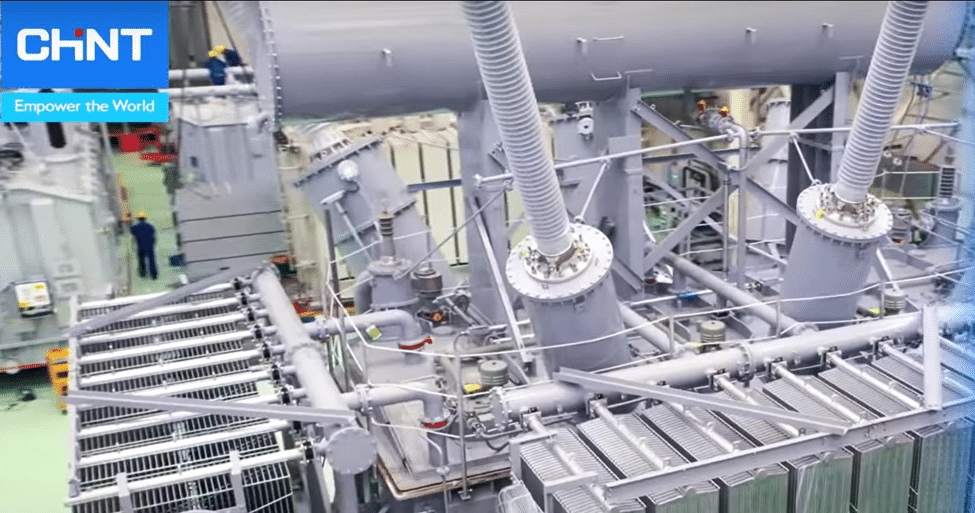Table of Contents
Most commonly present in fire engines, trains, and big semi-trucks, pneumatic air horns make loud noises by utilizing pressurized air. It is mostly used as a warning sign. This electronic horn means serious business. You must have heard an automotive horn or a fire truck air horn during emergencies. Then you know the noise intensity of the air pressure horn.
Onboard air systems are installed so that your vehicle gets a steady flow of air throughout. In this article, you will get to know all about the electronic horn and the impacts it has on your onboard system.
What is an electronic horn?
Electronic horns are installed onto vehicles to create warning signals which are generated with an electronic circuit’s assistance. First, a solenoid is magnetized and then demagnetized so as to create the fundamental frequency that leads to the vibration of the diaphragm that is located in a compression chamber.
The chamber is kept under pressure to make sure that the horn sound is instant. When activated via a button or switch, a valve opens that allows the air to leave the chamber and enter the horn’s base.
This process generates a high pressure, which passes via the horn to create a sound. The biggest advantage of electronic air horns is that they wear less which results in them living 10 times longer than the electromechanical horns. Air pressure horn setups generally contain multiple horns that create sound. As they are in the shape of a trumpet you can simply address them as trumpets. Most of these horns include a little air compressor.

Types of electronic horn
Let us have a look at the different types of electronic horns available in the market:
Bicycle
Bicycles some of the time have the classic bulb horn installed on them. It functions by giving a squeeze to the rubber bulb which is attached to the metal horn. When you squeeze the bulb, the air is forced out via a steel reed which is located in the horn’s throat.
This makes the throat vibrate and produce a single note. The reed’s acoustic impedance is matched by the horn. It transmits the sound waves efficiently, producing a louder sound. Other horn types could be battery-operated or small compressed gas cans.
Trucks and buses
Air horns on trucks and buses come without built-in compressors. In place of that pressurized air is utilized from the vehicle’s brake system. Hence, drivers can pull the ceiling-mounted system in the vehicle to open the valve in the airline, which leads to roof-mounted air horns.
Some of them have buttons present in the steering wheel’s center. If by chance your vehicle does not have an airbrake system there is no need to worry. There are horns that come with built-in compressors.
Trains, trolley cars and trams/streetcars
These locomotives again utilize the air brake system to create loud noises. The horn of locomotives is more baritone and richer as their horn system consists of multiple pieces of horns that vary in pitch and each of them is huge in size. They come with heavy-duty diaphragms.
As the sound made is a forceful and deep one, the locomotives need a reservoir of air (air tanks) aside from an air compressor. Some electronic air horn kits in the market include air tanks as well as compressors.
Ships
The ship’s signal one another and the shore through electronic air horns which are also known as whistles. These work with the help of steam or compressed air in the power plant. Low frequencies are utilized as they travel more when frequencies are low. The span of the horn is around 15 kilometres or ten miles. The larger the ship the lower the frequency it uses.
How does an electric horn work?
Electronic horns utilize electromagnetism to function. A horn system has a steel diaphragm, an electromagnet and a contractor. When the horn is pressed it triggers the electromagnet.
The electromagnet then makes the diaphragm move. Once the diaphragm reaches the maximum point it can, then the contractor switches off the current quickly, which allows the diaphragm to come to its initial position.
Again the current is restored and the entire process is repeated continuously. These rapid cycles of back and forth of the diaphragm result in the generation of sound.
How Air Pressure Horn Affects Your Onboard Air System?
To completely understand how the air pressure impacts your onboard air system you have to know everything about air. Of course, you know what air is but do you know what it is made of?
It is a collection of various gaseous elements such as oxygen, carbon dioxide, nitrogen, hydrogen etc. When the quantity of these molecules in a certain area increases, millions of collisions appear on that surface area. This is known as air pressure. These collisions are measured with the help of a barometer.
Many of the systems in your vehicle work on air pressure, which has to be correct to work perfectly. If your tires lack pressure you won’t be able to go to any place. If the vehicle has a diesel engine then your turbo generates a boost that is also the air pressure.
Understanding the amount of pressure each system of your vehicle requires is very important. Your onboard system is similar to this. If it does not get the proper pressure then the onboard air system tends to become inoperable. Thus ensuring the proper air pressure is vital for your vehicle’s maintenance.
Once you get your vehicle with an onboard air system you would never want to travel without it as it is very handy during emergencies relating to air pressure.
Conclusion
Now you know all about the working of the electric horn and what all is necessary for its smooth functioning. Maintaining the right air pressure is vital for all the systems in your vehicle. Understanding this will never leave you short of air while traveling!
Recommend Reading

The Ultimate Guide to the Time Relay
Table of Contents The time relay is a helpful device that can be used for various purposes in the world of electricity. It is the perfect way

Contactor VS Circuit Breaker: What’s The Difference
Table of Contents If you want to know about circuit breaker and contactor, then you must understand the primary difference between a circuit breaker and a contactor is








